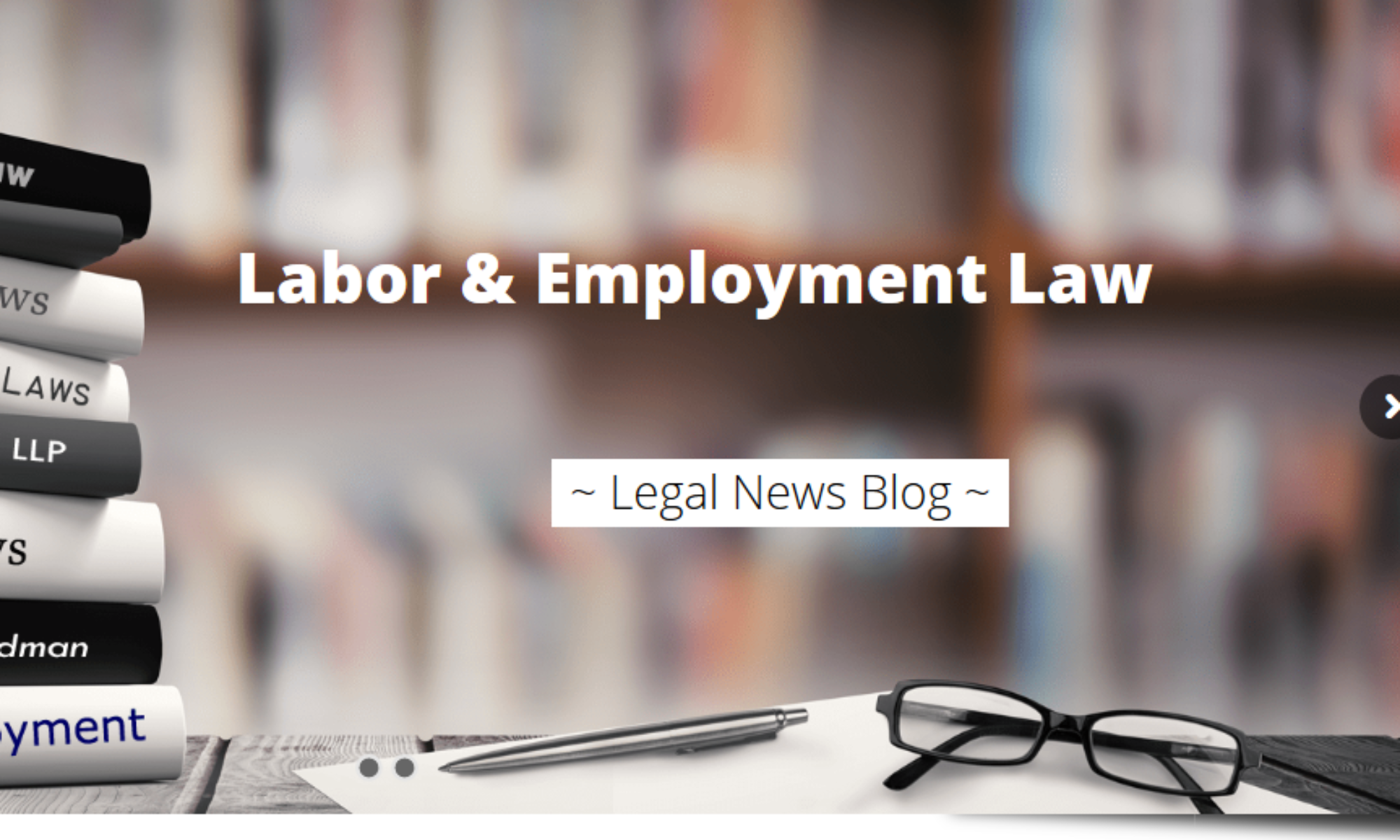Dr. Michael Fitzgibbons: A Physician’s Battle Against Corporate Retaliation
When Dr. Michael W. Fitzgibbons spoke out against his hospital’s acquisition by Integrated Healthcare Holdings, Inc. (IHHI), he never imagined the ordeal that would follow. What began as legitimate concerns about patient care escalated into a shocking case of corporate retaliation that would ultimately result in a $5.7 million jury verdict for intentional infliction of emotional distress. His experience serves as both a cautionary tale and a beacon of hope for healthcare professionals facing similar threats to their careers and safety.
Dr. Fitzgibbons’ story demonstrates the extreme lengths some corporations will go to silence whistleblowing physicians—and the legal protections available to those brave enough to stand up for patient safety and their professional integrity.
The Seeds of Conflict: Standing Up for Patient Care
Dr. Fitzgibbons’ troubles began when he voiced concerns about IHHI’s acquisition of Western Medical Center in Santa Ana, California, where he had just completed his term as Chief of Staff from 2002 to 2004. As a respected physician with clinical instructor credentials at the University of California Irvine’s internal medicine department and board member of the Orange County Medical Association, Dr. Fitzgibbons felt compelled to speak out about what he perceived as threats to the hospital’s financial stability and patient care quality.
His initial opposition to the acquisition proved prescient. In an earlier lawsuit, Dr. Fitzgibbons successfully challenged IHHI’s practices, resulting in a $150,000 attorney fee award against the company. This victory, however, would soon make him a target for retaliation that went far beyond typical corporate disputes.
The conflict intensified when Dr. Fitzgibbons sent an email to several colleagues expressing his concerns about IHHI’s financial health and its potential impact on patient care. IHHI responded by filing a defamation lawsuit against him, claiming damage from his communications about their business practices.
Corporate Retaliation Turns Dangerous
What happened next shocked even seasoned legal observers. According to court findings, IHHI’s CEO carried out his threat to “humble” Dr. Fitzgibbons through a series of increasingly dangerous retaliatory acts. The jury found evidence that the CEO orchestrated having a loaded handgun planted in Dr. Fitzgibbons’ car, leading to his arrest. This calculated move was designed not just to embarrass the physician, but to destroy his reputation and career.
The retaliation didn’t stop there. In perhaps the most disturbing aspect of the case, the jury also found that the CEO caused Dr. Fitzgibbons’ daughter to be involved in a serious automobile accident after one of her tires was slashed. This escalation from professional harassment to threats against family members crossed every line of acceptable corporate behavior.
These actions caused severe emotional distress to Dr. Fitzgibbons and his family. The physician found himself facing criminal charges while simultaneously dealing with the trauma of knowing his loved ones were at risk simply because he had spoken out about patient care concerns.
Legal Victory and Vindication
Dr. Fitzgibbons fought back through the legal system, represented by attorney Charles “Ted” Mathews of Helmer Friedman LLP. The case proceeded through multiple legal challenges, but justice ultimately prevailed.
Initially, a jury awarded Dr. Fitzgibbons $5.7 million in compensatory and punitive damages for intentional infliction of emotional distress. However, the trial court overturned this verdict, ruling that IHHI could not be held vicariously liable for its CEO’s actions because they were allegedly outside the scope of his employment.
The California Court of Appeal reversed this decision in 2015, reinstating the full jury award. The appellate court determined that the CEO’s retaliatory conduct was indeed connected to his employment responsibilities, as it arose from disputes directly related to IHHI’s business operations. The court rejected the argument that the CEO’s personal animosity toward Dr. Fitzgibbons absolved the company of responsibility.
Significantly, both the California Medical Association (CMA) and the American Medical Association (AMA) filed joint amicus briefs supporting Dr. Fitzgibbons. These organizations emphasized the fundamental public interest in protecting physicians’ right to voice concerns about policies and practices affecting patient health.
From Victim to Advocate
Dr. Fitzgibbons’ legal victory had implications far beyond his personal case. His experience transformed him into a leading advocate for physician rights and patient safety. Following his ordeal, he became recognized as a foremost expert in peer review processes.
His expertise proved invaluable to healthcare professionals navigating hostile hospital administrations. Dr. Fitzgibbons’ unique understanding of both the medical and legal challenges faced by whistleblowing physicians made him an effective advocate in administrative proceedings and legal disputes.
The recognition of his advocacy work extended throughout the medical community. His case became a touchstone for discussions about physician free speech rights and the protection of healthcare professionals who speak out about patient safety concerns.
Broader Implications for Healthcare Professionals
The Fitzgibbons case established important legal precedents for healthcare professionals facing retaliation. The Court of Appeal’s decision clarified that employers can be held liable for extreme retaliatory conduct by their executives, even when that conduct appears to be motivated by personal animosity.
The case also highlighted the critical importance of protecting physician whistleblowers. Healthcare professionals often possess unique insights into patient safety issues and quality of care concerns. When corporate interests attempt to silence these voices through intimidation or retaliation, patient welfare suffers.
The support from the CMA and AMA demonstrated the medical profession’s recognition that protecting individual physicians’ rights serves the broader public interest. These organizations understood that allowing corporations to silence medical professionals through retaliation would create a chilling effect on legitimate patient safety advocacy.
The Cost of Speaking Truth to Power
Dr. Fitzgibbons’ experience illustrates both the personal cost of corporate whistleblowing and the potential for legal remedies when retaliation crosses legal boundaries. The intentional infliction of emotional distress claim that formed the basis of his lawsuit requires proving that the defendant’s conduct was extreme and outrageous, causing severe emotional distress.
The planted handgun and slashed tire incidents clearly met this standard, demonstrating conduct so far beyond acceptable business practices that it shocked the conscience. The $5.7 million award reflected both the severity of the retaliation and the jury’s recognition that such conduct must be deterred through substantial financial consequences.
For other healthcare professionals, Dr. Fitzgibbons’ case provides both warning and reassurance. While speaking out about patient safety concerns can invite retaliation, legal protections exist for those who suffer extreme harassment or intimidation.
Seeking Justice for Corporate Retaliation
Dr. Fitzgibbons’ victory demonstrates that even powerful healthcare corporations can be held accountable for extreme retaliatory conduct. His case serves as a powerful reminder that intentional infliction of emotional distress through corporate retaliation is not just unethical—it’s illegal and can result in substantial financial consequences.
If you, a friend, or family member has experienced similar corporate retaliation, threats, or harassment after speaking out about workplace safety concerns or illegal conduct, don’t suffer in silence. The experienced attorneys at Helmer Friedman LLP understand the complex legal and emotional challenges faced by whistleblowers and retaliation victims. Contact them right away for a confidential consultation to discuss your legal options and protect your rights.
Dr. Fitzgibbons’ courage in standing up to corporate intimidation helped establish important legal protections for healthcare professionals. His legacy continues through his ongoing advocacy work and the legal precedent that helps protect other physicians who speak out for patient safety and professional integrity.


